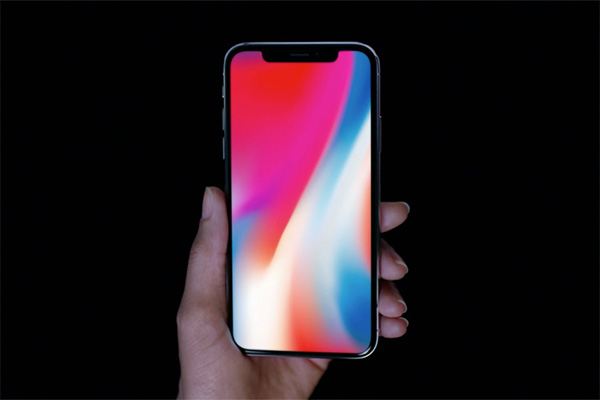
Apple iPhone X Unboxing! [Video]
Video uploaded by Marques Brownlee on October 31, 2017
iPhone X as the Sum of Technologies
Introduction
The iPhone X was announced on September 12, 2017 alongside the iPhone 8 and iPhone 8 Plus, but it is available only starting November 3, 2017.
The smartphone is released to celebrate the 10th anniversary of the iPhone that changed our world forever. That’s why the iPhone got the Roman figure X representing the ten-year anniversary. Most people are referring to it as iPhone X- like the letter X. It also rings true because X usually means something strange and unknown but at the same time significant.
iPhone X is just the same: a breed apart that brings a lot of technologies to the average consumer. Some of them mean the next level of comfort, but others drop the standards of usage and safety.
Casing
iPhone X is the first full-glass smartphone. This solution is rather utilitarian as the choice of the material is determined by its inductive quality. iPhone X also happens to be the first Apple smartphone that features wireless charging.
Apple is of course, not the first to do this, since wireless charging has been around for over a decade now and first appeared in Japan. Japanese phones back then featured a special metal strip in their back panels for better contact with the charging mat. Since then, technologies evolved and the inductive charging method calls for glass. It doesn’t matter how you put your iPhone X on the mat, just make sure to place it back panel facing down.
Water and dust resistance in the phone is another advantage of the sleek all-glass casing that has only a lightning socket. iPhone X meets the IP67 IEC standard of protection. Water droplets and specs of dust aren’t the worst adversaries of modern smartphones. We all know that modern handhelds are in the top three of the most fragile things in the world.
The independent drop tests revealed that Apple was extremely stretching the truth when talking about the most durable glass that ever existed. The iPhone X as well as the iPhone 8 and 8 Plus failed to pass the test completely. Once the casing shatters, it’s beyond repairing.
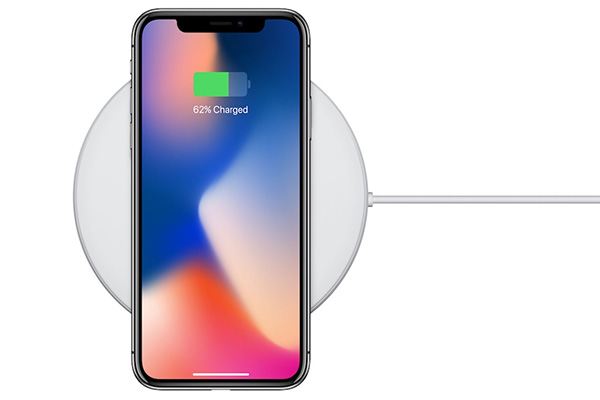
iPhone X Wireless Charging
Screen
iPhone X is the first edgeless smartphone by Apple. There is no Home button / fingerprint sensor, the speakers are hidden behind the screen and the only trade-off is the curve-in on the top that houses the front camera.
The screen is labeled “Super Retina HD Display”. It has a contrast ratio of 1,000,000:1, a maximum brightness of 625 cd/m2, and a fingerprint-resistant oleophobic coating. It supports DCI-P3 wide color gamut, sRGB, and a high dynamic range. This is an OLED screen with six-channel ambient light sensors that help adapt the white balance to the surrounding ambient lights.
OLED stands for organic light-emitting diode. This is a great technology that can produce the perfect black. This becomes possible due to the new layout of electric circuits within the display layers. The power is connected to each and every pixel separately as opposed to rows of pixels like in previous models. So the system shuts every single pixel completely out to produce the black color. Likewise, the perfect white is achieved by opening every pixel up.
Therefore, the OLED technology enhances the brightness and the contrast but also dramatically diminishes the diodes life.
The greatest drawback of the OLED display is the screen burn in. The afterimage of icons and fonts stays on the screen long after they are gone. It happens mostly to the navigation and status bars where the image remains static for a long time.
The quality of the OLED technology doesn’t allow the option of fixing the problem on the hardware level. That’s why Apple Inc. applied a software solution into iOS 11. But exactly how Apple is going to mitigate the screen burn-in is uncertain. The most obvious method is to move the icons slightly from left to right and back to prevent them from occupying the same position for long. The movement is imperceptible by a human eye but goes a long way to combat the screen burn-in.
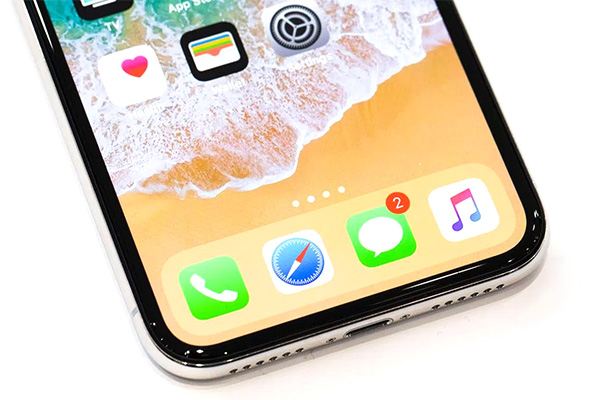
iPhone X Screen Space
Face ID
With the Home button ditched where has the fingerprint touch ID gone? Rumors had it that the fingerprint sensor would go to the back panel, but this never happened. So it seems like touch id is gone forever. Apple Inc. turned to a more advanced ID method- using facial recognition!
Once again, this is nothing new. Samsung installed the same feature in their Samsung Galaxy S7 last year and Microsoft used the face identification system called Windows Hello in their Surface line-up. Although in these gadgets, the face ID is backed up with the fingerprint sensor as well.
Apple Engineers are certain that their system won’t need any backup at all. The highlight of their ID system, is the 3D mapping of the human face. Apple’s Face ID technology consists of four components: an infrared camera, a flood illuminator, a dot projector, and the front camera. This powerful team of all four generates a 3D map of the face that is stored and used for comparison every time the device is unlocked.
Romantically enough the components of the True Depth infrared camera are called Romeo and Juliet and they proved to be the hardest components to manufacture. This is the reason why iPhone X is arriving so late and there is a considerable shortage of these handhelds.
The Face ID creators assure that it can distinguish between two twins. If Face ID happens to fail (as it happened during the presentation causing a lot of sneers from the Apple-haters) a user has to enter the passcode to unlock the phone. Another safety problem relates to the control image storage. Uploading it to the network would certainly lead to compromising the data, that’s why the engineers dedicated a portion of the A11 bionic chip for storage and called it Secure Enclave.
Also, a user has to verify some of his actions by clicking the corresponding icon after the face recognition system verifies his or her identity. It can be required for Apple Pay payments and other sensitive actions.
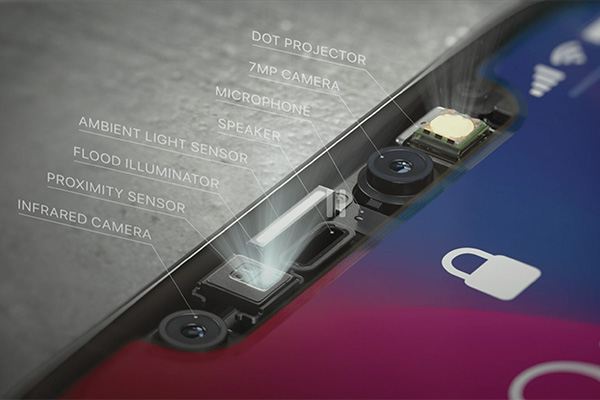
iPhone X: TrueDepth front-facing camera System
Hardware
The Apple A11 Bionic is a 64-bit ARM-based system on a chip, designed by Apple Inc. Firstly, it consists of four cores organized as 2+4. The two high-performance cores are at 2.39 GHz, called Monsoon, and four energy-efficient cores, called Mistral. Unlike its predecessor A10, the A11 can employ all six cores simultaneously.
Besides these six cores the A11 also embeds the M11 coprocessor and the three-core graphics processor that is 30% faster than that of the previous generation. Apple announces, the chip is produced by a 10 nm process. This is the smallest manufacturing process being used today. Intel for instance, is only promising to start manufacturing 10 nm SoC chips towards the end of 2018.
There is something even more astonishing in this chip – the Neural Engine. This is reportedly the AI system that supports the Face ID, Siri and Animoji. The Neural Engine was designed for machine learning and can perform up to 600 billion operations per second for real-time processing.
The question is, what does Apple means by ‘operation’? In a computer world the processing speed is measured by FLOPS (floating point operations per second). The floating point arithmetic is used for operations with very small or very large numbers. Most powerful computers of desktop or server configuration can give about two teraFLOPS or two hundred billions of FLOPS. Technically Apple claims that their A11 chip can achieve six hundred billion of FLOPS.
In calculation power the A11 is equal to a million of the computers we have when we launched the piloted mission to the Moon. But the chip isn’t used for calculations of the space rocket trajectory but for processing large video data.
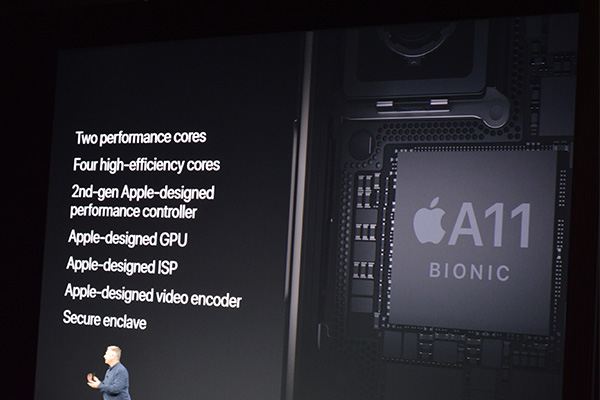
Apple A11 Chip Performance
Software
iPhone X runs of the newly revised iOS 11. It features many beautiful features like hovering windows, multitasking and the adjustable settings menu, but the most amazing feature of them all is the new Animoji.
Animoji is the animated emoji that employs facial recognition. The True Depth front cam reads a user’s mimic and head movement and matches an emoji behavior. In a way, it’s a digital or virtual mask you can put on for fun. You can become a cat, a unicorn, a smiley, a cartoon character, even a sad poop.
Face recognition has been around for some time already. It’s implemented in Samsung smartphones, in Microsoft Kinect gaming consoles and even in a toilet paper vending machine somewhere in China. But strangely enough, no one cared too much until Apple Inc. rolled out the Animoji.
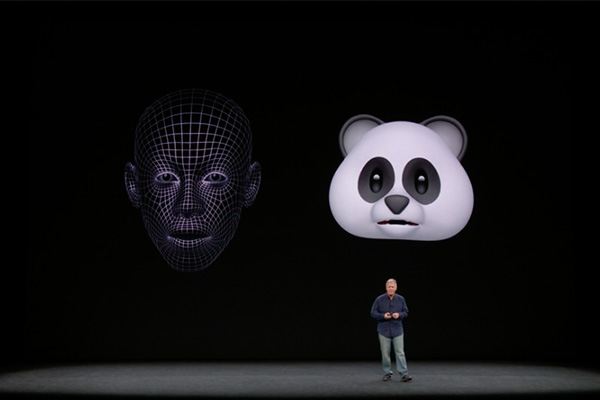
Apple Event September 12, 2017 – iPhone X Emoji
Conclusions
The iPhone has always been a trend setter. iPhone X is bound to change our smartphones in many ways.
Firstly, the facial recognition will become the must have. The top models will sport the 3D recognition while the mid-level and budget models will feature the simpler 2D one. The software makers will flood the market with applications powered by the facial recognition system. Right now, most of the apps are tied to the fingerprint touch ID. We are about to witness a face ID boom, and it will soon power our banking, messaging and social interactions.
Secondly, the edgeless OLED displays and the all-glass bodies will become the must-have features for a good smartphone as well. The life of handhelds will shorten dramatically as will the upgrade cycle. On the other hand, glass is easier to recycle than plastic.
All in all, the anniversary iPhone is going to beat all records in a very short amount of time.
Links
- iPhone X – Technical Specifications – Apple.
- Switching to a new brand or a new model: Sell your used iPhone X online for top cash – iGotOffer
- Check IMEI – Trying to check IMEI/MEID/ ESN for iPhone, iPad, cell phone, tablet or any other device? You can find complete IMEI history on iGotOffer’s website. We update the database every day. The access is free.
- Check iCloud status – You don’t know if your “Find My iPhone” status is ON or OFF? Visit iGotOffer.com to get instantly all the information. All Apple devices with IMEI number are supported (iPhone, iPad, Apple Watch).
- Everything About Apple’s Products – The complete guide to all Apple consumer electronic products, including technical specifications, identifiers and other valuable information.

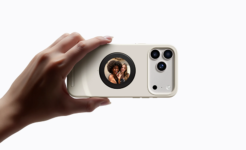

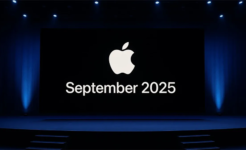
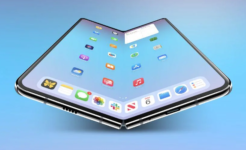

Facebook
Twitter
RSS